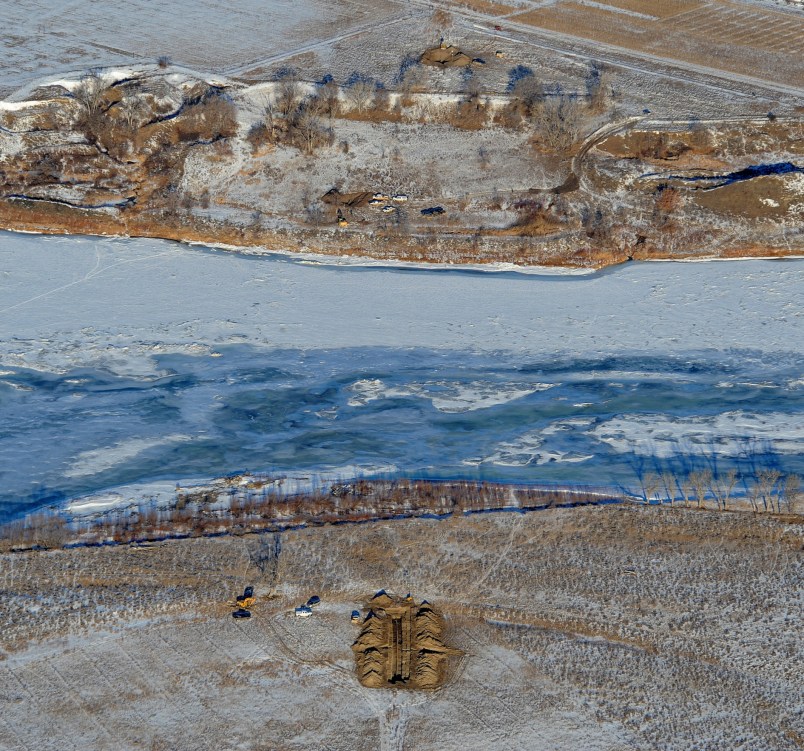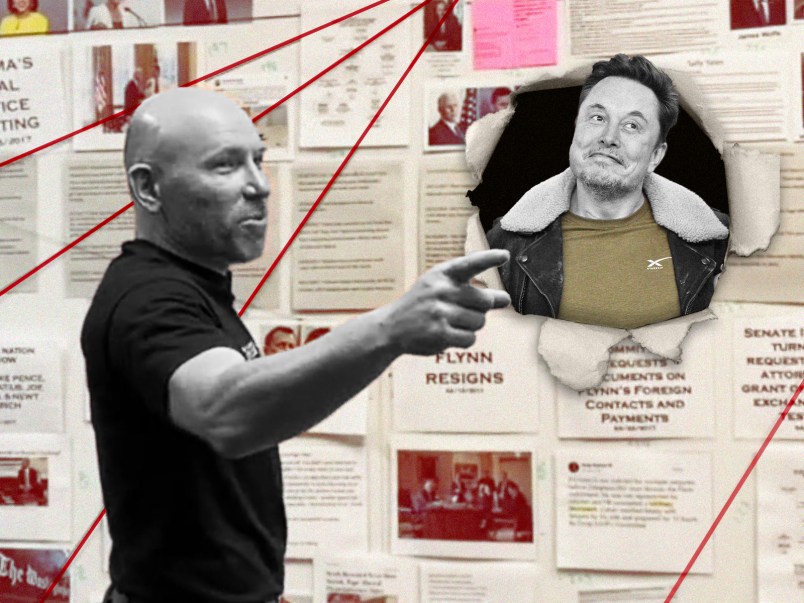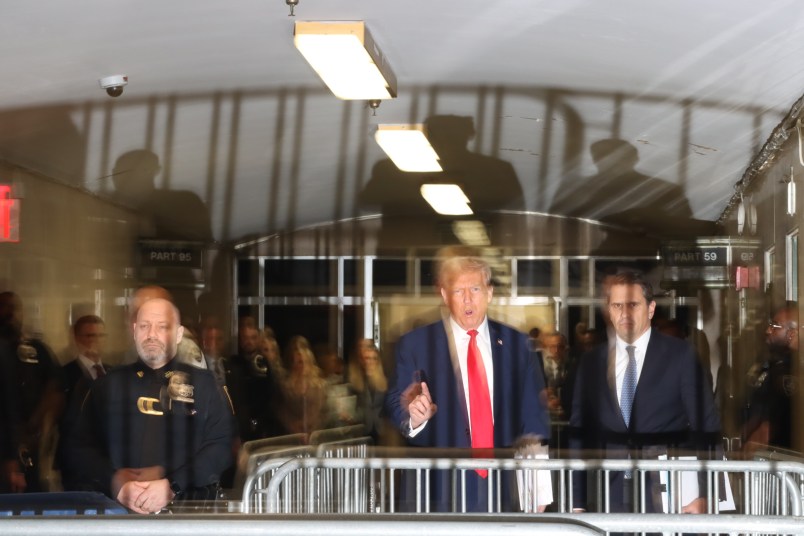BILLINGS, Mont. (AP) — Thousands of people in an eastern Montana city were told Thursday they can resume using tap water after tests showed no further signs of contamination from a weekend oil spill into a nearby river.
The 6,000 residents of Glendive had relied on bottled water since Monday after elevated levels of cancer-causing benzene were found in the public water supply. The chemical came from 40,000 gallons of oil that spilled on Saturday from a pipeline breach beneath the Yellowstone River, about six miles upstream of the city.
Paul Peronard with the U.S. Environmental Protection Agency said residents should open their taps and run the water to flush out any residual contamination.
“If it doesn’t smell anymore you have cleaned it out, you’re good,” Peronard said. “Citizens can start drinking it.”
Filters added to the city treatment plant should protect against further contamination to the water supply.
Yet even as Glendive appeared to have overcome the initial public health threat from the spill, officials struggled over how to clean up the crude released by the pipeline break. Most of that oil is believed trapped beneath ice on the river.
The river’s environmental damage could take months to gauge. The section of river downstream from the spill is home to fish, including the endangered pallid sturgeon, and is used for irrigation, boating and other recreation.
The U.S. Fish and Wildlife Service recorded no wildlife covered by oil during initial flyovers of the spill area on Wednesday, though spokesman Ryan Moehring said the agency was still very early in its surveying.
Most river activity takes place after the ice breaks up in the spring. So the longer the cleanup drags on, Glendive Mayor Jerry Jimison said, the more the spill’s effects will be felt.
“That could be a worry down the road,” Jimison said.
Resident Roseann Koepke, 65, said she’d been using bottled water to bathe, brush her teeth, drink and cook.
Koepke ran the taps in her trailer home Thursday after her landlord told her the contamination had been cleared. But she turned off the water after the strong smell of oil gave her a headache.
“I ran it for about ten minutes and had to open up the door for five minutes to get the smell out,” she said. “My God, did I end up getting a headache.”
Koepke said she would try again.
Also Thursday, government regulators and representatives of the Poplar Pipeline owner — Casper, Wyoming-based Bridger Pipeline — were trying to set up sites downstream where some oil might be recovered by cutting holes into the ice.
“We’ve got 22,000 feet of boom available for deployment,” said Bridger spokesman Bill Salvin. “Unfortunately, there’s just not a lot of place to deploy boom” to capture the oil.
Oil sheens have been reported as far away as Williston, North Dakota, below the Yellowstone’s confluence with the Missouri River, officials said.
The farthest downstream that free-floating oil has been seen was at an intake dam about 28 miles from the spill site, officials said.
The accident was the second large oil spill into Montana’s Yellowstone River in less than four years, raising questions about oversight of the nation’s aging pipeline network.
The Poplar Pipeline was constructed in the 1950s. The breached section beneath the Yellowstone was replaced at least four decades ago, in the late 1960s or early 1970s, according to the company.
Montana Democratic Sen. Jon Tester wants more frequent inspections by regulators and says that older pipelines should face stricter safety standards.
Copyright 2015 The Associated Press. All rights reserved. This material may not be published, broadcast, rewritten or redistributed.









